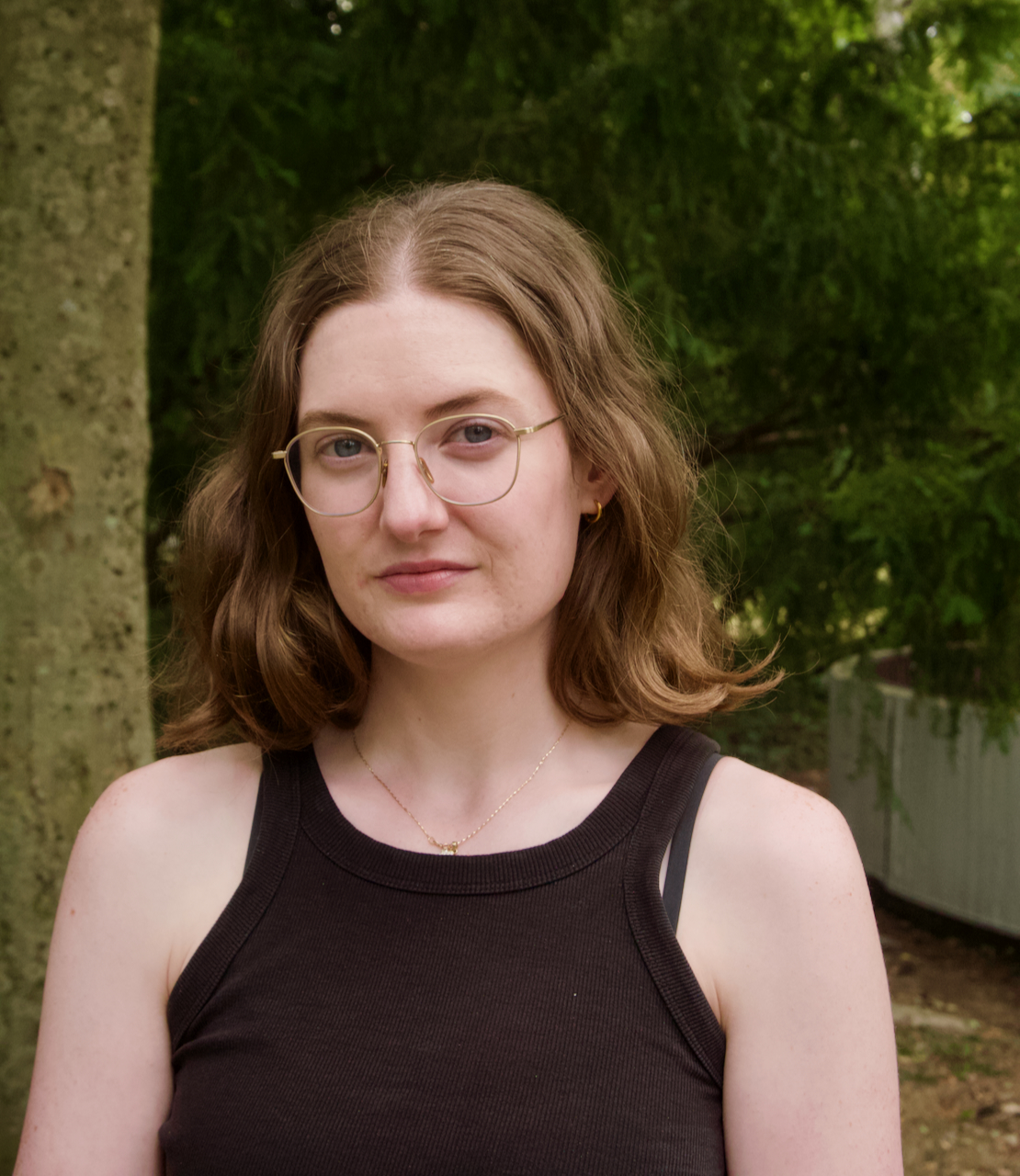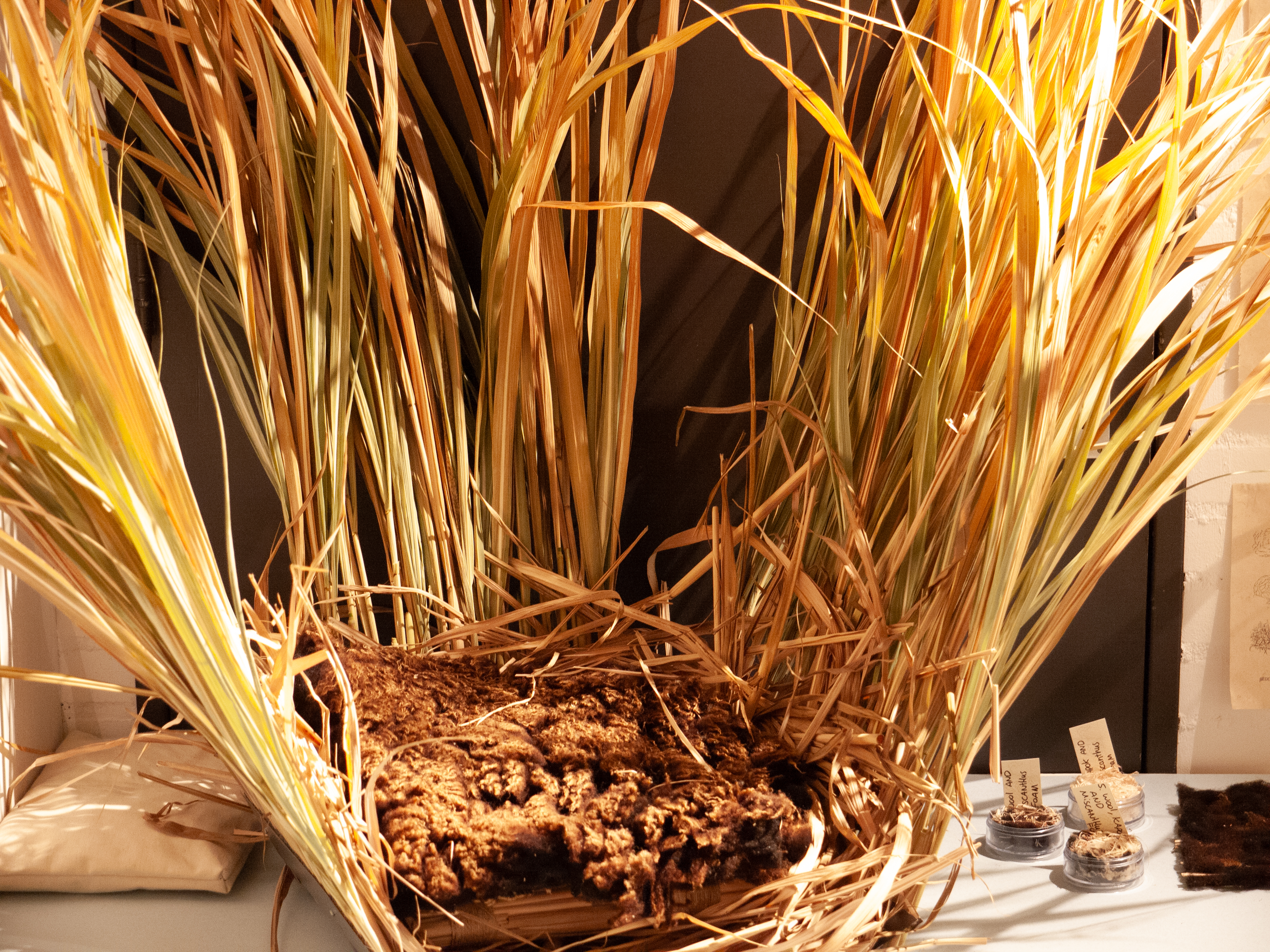WdKA is delighted to welcome Santiago Pinyol, who joins our team of tutors in the academic year 2020-2021.
"My practice is guided by an in(ter)disciplinary approach, working from the unstable border between art production and art education. Located at this border and assuming a decolonial position, my work and research explore the logics of power and history and their effects on contemporary culture. In particular, I am fascinated by instances of invisibility and immateriality in language, visual culture, labour, architecture, the everyday, what is said or revealed, and what is not. My work aspires to be both critical of and coherent with its immediate local context, through creating installations, interventions, cultural platforms, and ephemeral schools. Since 2010 I have permanently alternated between my individual work and working collaboratively with laagencia."
What is your branch of knowledge and subject?
I am a Photography Research Tutor and Lifestyle Transformation Design Theory Tutor.
What is your source of inspiration?
Trying to change the world even if it is just a little bit, together with others.
What defines you as a tutor? Your strongest points?
Having a permeable programme and attitude, open to change, dialogue and to global and local events.
What is your dream/goal as a tutor?
A minor gesture. I would like to follow one of Luz Broto's instructions; to leave each day some minutes before the end of the class until I don't have to be present at all at the end of the semester.
Name one item from your bucket list?
Opening a taco restaurant in Rotterdam as a social practice project.
Whom would you call a true innovator?
Luis Camnitzer, who among many things was the first pedagogical curator of the 6th Mercosur Bienal (2006). Together with curator Gabriel Pérez Barreiro diverted the assumed structure of a Bienal as a temporary program that tries to educate and convince the public in terms of art appreciation. Instead, they understood the Bienal as a living and continuous institution that works permanently.



